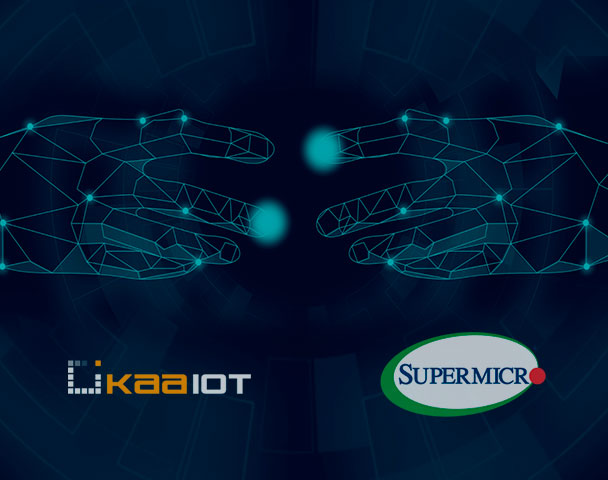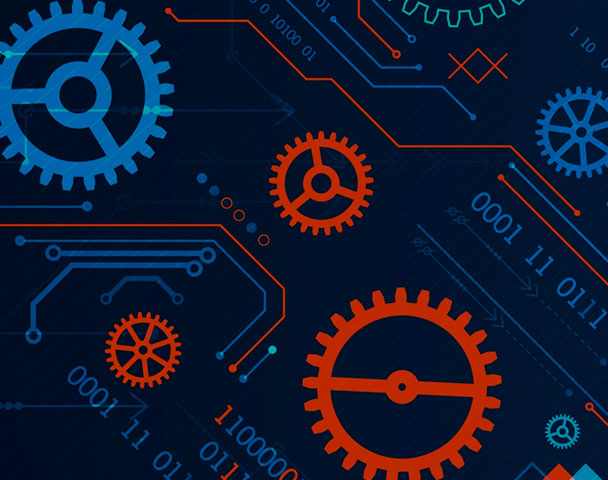IoT Medical Wearables are to Gain Momentum in the Wake of COVID-19
Wearable devices, such as fitness wristbands and smart watches, were all the rage in the 2010s and show no sign of stopping their expansion in the new decade. Despite few breakthroughs over the recent years and waning appeal from the media, the IoT wearable technology has become a staple of consumer electronics; it also found its unique way into Healthcare, Enterprise, Industrial and other sectors. Before the 2020 economic downturn, ResearchAnd Markets projected wearable devices to keep growing at a double-digit rate through 2025. And even though COVID-19 has put many business development projects on hold, wearables - as well as embedded IoT applications for wearable devices - hopefully stand to gain more attention and more investment in the coming years.
Smartphones vs Wearables for Epidemics Containment
Right after the COVID-19 outbreak, countries started looking into ways smartphones may help enforce quarantine policies and curtail the spread of the virus. Two primary methods have emerged - using QR codes for electronic management of peoples’ access to public places, and location tracking based on GPS data from cell phones. Both have shown some positive results but also exposed their risks and limitations.
One of the trailblazers in anti-COVID smartphone applications was the city of Hangzhou, China, where authorities used QR codes to track each citizens’ health status as part of their health surveillance system. Based on that data, everyone was required to follow specific restrictions as to where and for how long they could spend their time outside. People were also required to measure and input their temperature into the app daily, and to keep their profile up-to-date. This tactic has been reported as quite effective but it also had its loopholes:
- It requires a broad infrastructure of QR checkpoints and surveillance in place
- It doesn’t work properly during the time when a person doesn’t exhibit symptoms
- It requires everyone to have a smartphone and know how to use it
- It doesn’t work as expected if a person chooses not to carry a smartphone when going outside
Location tracking was meant to address the above shortcomings of QR codes and work in parallel. By tapping into the phone’s GPS data, authorities can track your whereabouts and trace your contacts as long as your smartphone is with you. It gives very granular data for efficient epidemic mitigation, however, it comes at the expense of everyones’ data privacy.
Moreover, there’s a specific concern for the day after tomorrow. You can’t just throw out your phone to make sure no one's spying on you after the emergency’s over. Giving up your personal phone’s privacy is like opening a Pandora’s box at the risk of unfathomable consequences. Can wearables somehow relieve that issue?
Top 5 Benefits of Wearables
They hold a big promise. Wearable devices powered by IoT technology can offer all the benefits of smartphones for epidemic containment and mitigation, while providing greater flexibility when it comes to across-the-board rules enforcement.
Disposability
Unlike smartphones, wearables aren’t essential for our everyday lives. We can easily stop using them or simply throw them away after the emergency comes to pass. We can better address the privacy concerns and ensure that our smartphones aren’t the main target of government monitoring, no matter the reason. Let’s use a designated device and leave our personal phones alone.
Effectiveness
Wearables can be more effective for enforcing self-isolation because they can be worn at all times. Unlike smartphones, it’s easy to check if a person took it off by using a body temperature sensor. If that may seem like a full-blown house arrest bracelet, let’s look at it differently - isn’t it better to spend a 14-day quarantine at home wearing a smartwatch on your wrist rather than in some remote hotel with dozens of others who’ve just returned from the same hotspot country as you? The latter is what was happening in some places as an early-day measure against the virus.
Using wearables can also ensure maximum coverage of the population. For example, during their anti-COVID smartphone initiative, Austria was reported to have about 2 million people who don’t use a smartphone. For them, the authorities planned to distribute smart keychains. Other countries resorted to wearables as well when facing challenges in implementing smartphone tracking.
Convenience
Wearables are so much easier to use and help avoid much of the hassle associated with smartphones. You don't need to take selfies every 20 minutes to prove you stay home, like they reportedly did in China. You don’t need to show your QR codes to every policeman that comes your way. Wearables can automate those data sharing routines with other smart devices and emergency personnel deployed by the authorities.
Extra features
Apart from usual tracking capabilities and communication with other devices over Bluetooth, wearables offer unique opportunities for remote health checks and condition monitoring. Using medical algorithms on the collected data such as heart rate, respiration rate, body temperature, and others, it may be possible to perform preliminary testing for the problem at hand. As we’ve seen from the COVID-19 outbreak, test systems can be in extreme shortage during a mass-scale epidemic, so having all kinds of medical applications for remote monitoring and testing can be invaluable. In fact, wearables that utilize these IoT features together with novel medical algorithms are currently undergoing clinical trials. If there’s a bigger push for innovations in Healthcare in the wake of the 2020 pandemic, such devices should be there front and center.
Flexible opt-in
When some governments started tracking their citizens’ locations via smartphones, they did it across the board. And, clearly, that went too far against generally accepted constitutional rights in many countries. We can’t compromise our long-term privacy for a short-term crisis. On the other hand, some people would readily do that if it means ensuring their health and safety. So how do we find a balance for this dilemma between safety and liberty? Again, wearables seem to be better suited for this than smartphones, because people can be given a choice.
Those who opt in with wearables give up some of their personal data privacy, but in return, get access to all the protective mechanisms and data offered by central authorities. Those who don’t - protect their freedom to the greatest degree possible, but also take on risk if they dismiss emergency recommendations.
Multiple levels of IoT and Big Data Applications for Wearables
Since wearables have been around for quite some time, there is a well-developed ecosystem of solutions for those devices as well as good understanding of their further potential. As a very flexible technology, it is possible to go from basic features to very advanced functionality that address the required emergency measures in any specific region, taking into account their unique data privacy and other rules.
As a starting point, wearables can be used to track symptoms and communicate data with local medical centers. As a part of telemedicine solution, wearables would relieve hospitals and ensure better treatment for people at their own homes. Remote patient monitoring should be one of the main areas of innovation based on what we’ve seen in the current crisis. It is impossible to mobilize enough medical resources for mass scale epidemics, and therefore technology and automation should be applied as much as possible.
For self-isolation enforcement, wearables can be used as simple geofencing tools that prevent a person under strict quarantine from leaving their residence. This is especially useful for early day preventive measures aiming to isolate people who return from global hotspots. Geofencing can be further extended, if necessary, with other features for health status monitoring and multi-level access restrictions, akin to what some countries have implemented with smartphones.
Finally, by combining the latest medical research, embedded IoT applications, and Big Data analytics, wearables can become a platform for the most granular approach to managing epidemics. Now is the time we reconsider our stereotypical view of wearable devices as merely fitness trackers, and unlock their vast potential for protecting the lives of millions.




